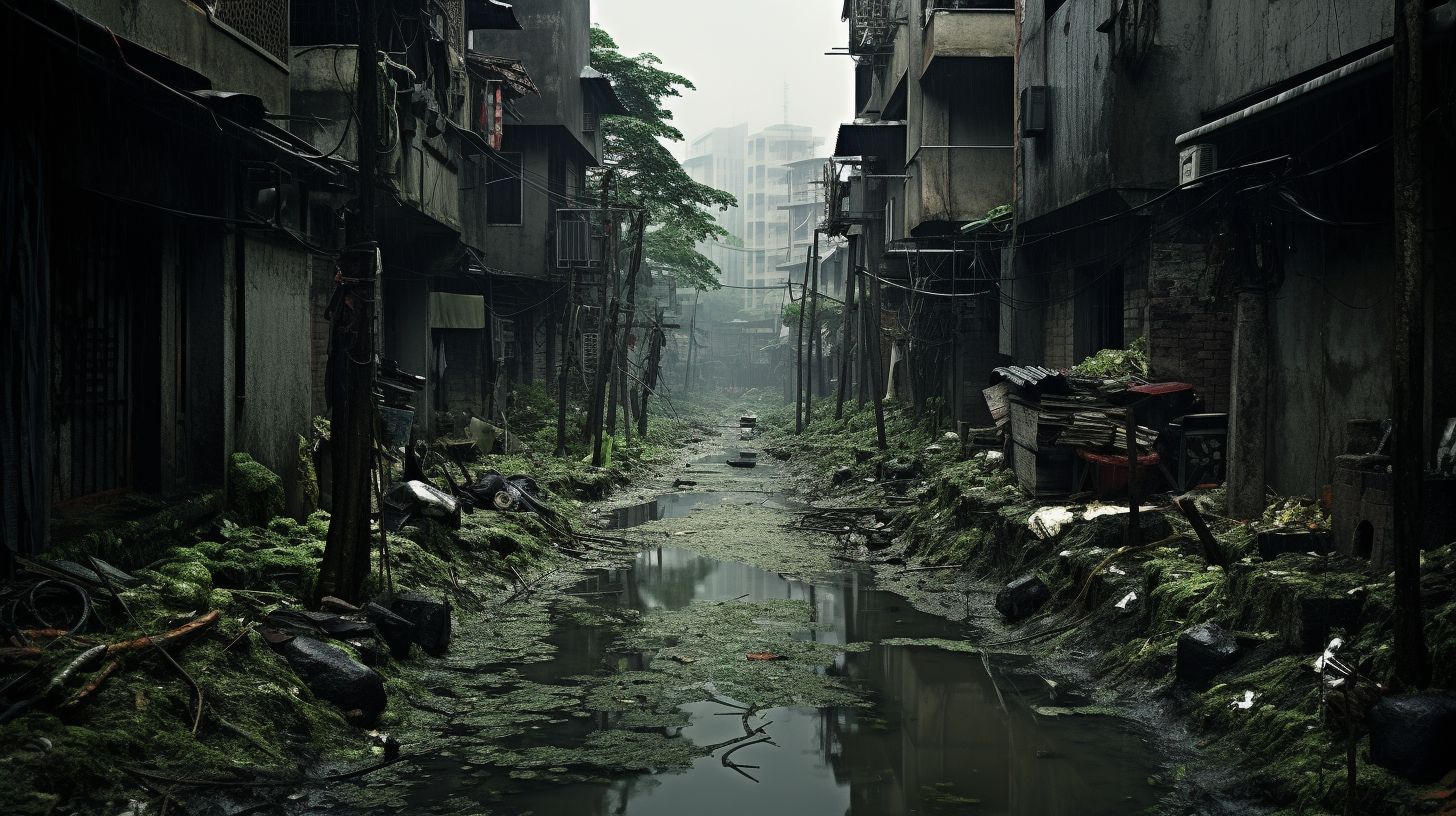In the wake of yesterday’s article, ‘Will Tomorrow Remember Rain – Humanity’s Quest for a Forgotten Cycle’, we delve deeper into the chasms of our once-blue planet—now a barren wasteland—where the concept of rain has become a myth, a fable told by the old to wide-eyed children of the dust-blown streets.
We begin in the year 2040, a date written in humanity’s collective psyche as the moment when the skies withheld their blessings indefinitely. The change wasn’t sudden, but the realization was. Our story takes us through the throes of collective amnesia—a distorted reality where the last generation to feel a raindrop is on the verge of extinction. Will their memories suffice to seed the clouds?
The term ‘rain’ echoes through hollow classrooms, a concept as fantastical to young minds as dragons and unicorns. Teachers, once bastions of science and reality, now resort to haptic simulators to convey the sensation of water falling from the heavens—a hapless attempt to connect the new generation to a cycle lost.
The drought has not just parched the soil; it has withered human culture itself. Festivals celebrating the onset of monsoons now seem like lore from an antiquated tome. Meanwhile, the ‘Hydroraiders,’ as chronicled in prior articles, continue to pillage what little moisture remains in a primeval return to water-warrior roots.
Scientific endeavors to revivify the skies have all but collapsed. The ‘Cloudseeding Crusade’ promised to resurrect the downpour, yet those lofty aspirations plummeted as surely as the failed condensation nuclei sunk through the arid air. Industrial conglomerates that once bore titles such as ‘Rainmakers’ now wither under the scorn of a thirsty populace, squandering fortunes on evanescent vapor dreams.
Amid this backdrop, art and literature languish. The muses have fled the wasteland, leaving poets bereft of aqueous metaphors. The classic works, where rain was a symbol of rebirth or melancholy, are now read with wonder and disbelief. How did authors conjure images of water when today’s writers grapple with the censorship of reality’s starkness?
Yet within the arid expanse, where hope is dustier than the ground underfoot, a new form of lore emerges. Speakeasies where the elderly spill tales of stormy days, of the feel of sopping clothes, and of rivers that danced full and free—stories uttered with the furtive glance of a contraband whisperer.
The new generation listens and perhaps dreams of a wetter world. But dreaming is a luxury afforded to the optimist, and in our dystopia, optimism is a currency long since devalued. Instead of yearning for a deluge, the youth have adapted to the inhospitable. They have constructed lives in an ecosystem devoid of rain’s intricate dance—a testament to human resilience, or so they believe.
As we forecast our days ahead, it seems inevitable that the quotidian concept of rain—a mundane miracle that once soothed and nourished—will become an exclusive luxury of the past. The final raindrop joins the ranks of the dodo and the glacier—extinct, spoken of in hushed awe, and vilified for disappearing from the grasp of humanity.
We are left to ponder—as the myth of rain transitions to a legend—whether our descendants will look upon these tales as cautionary wisdom or as the feeble musings of an age that could not, or would not, alter its fate.
